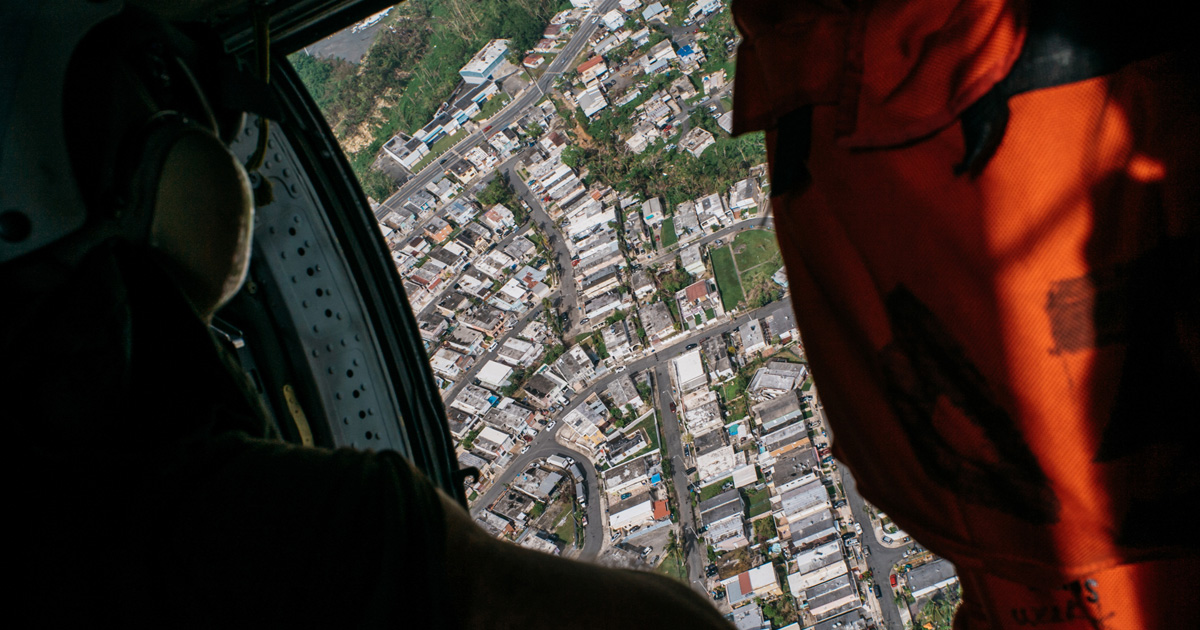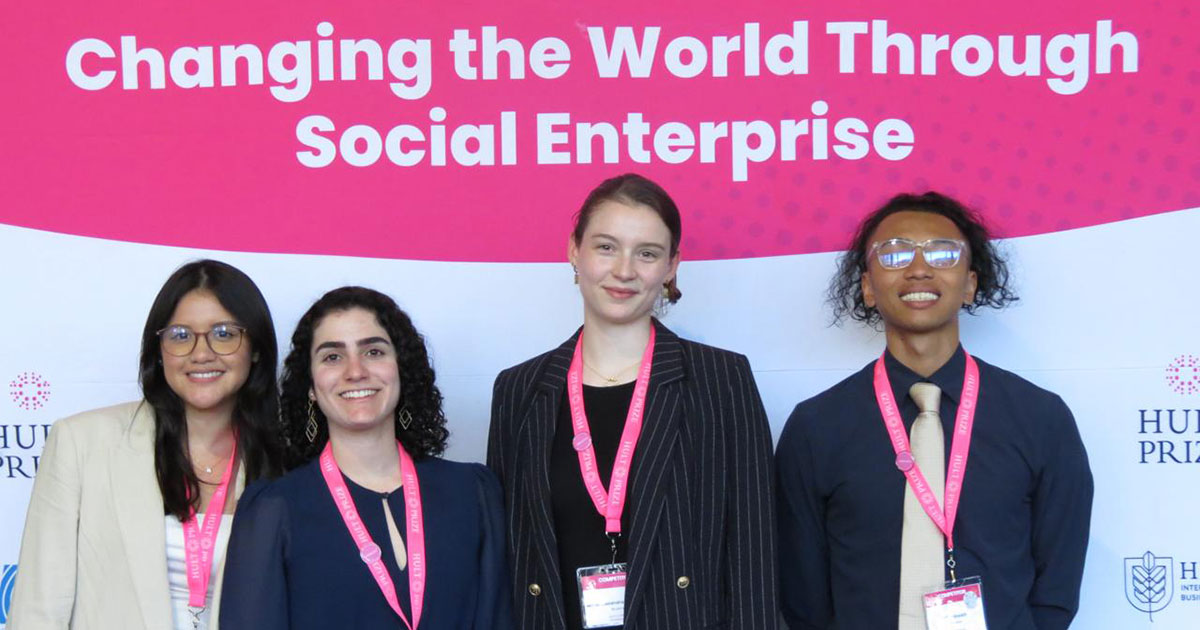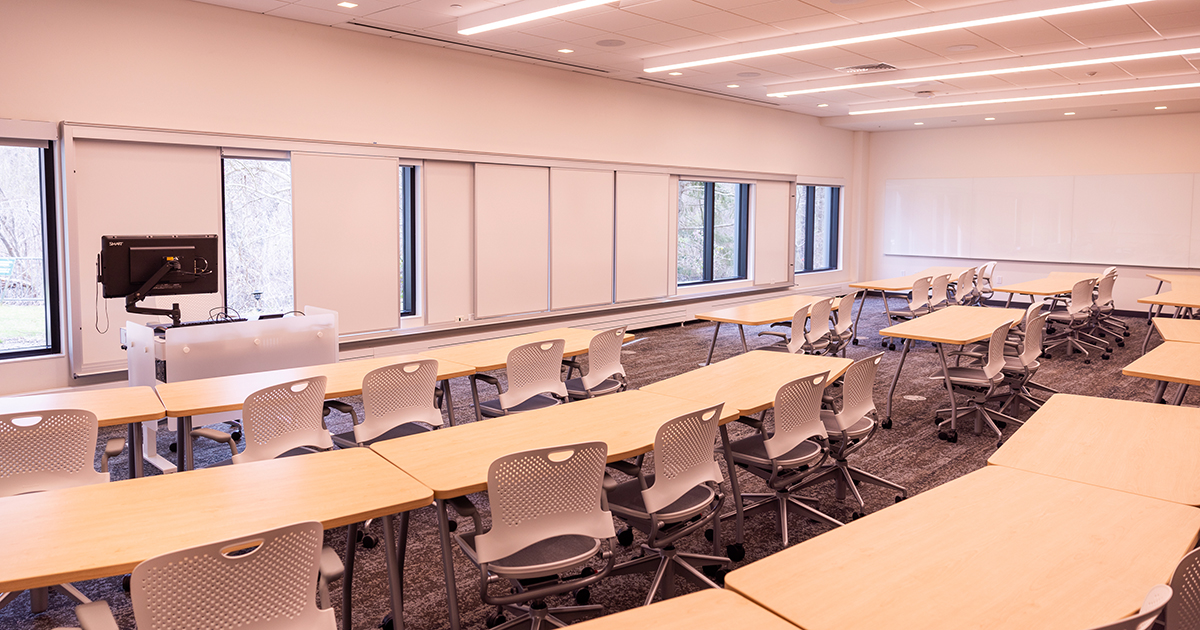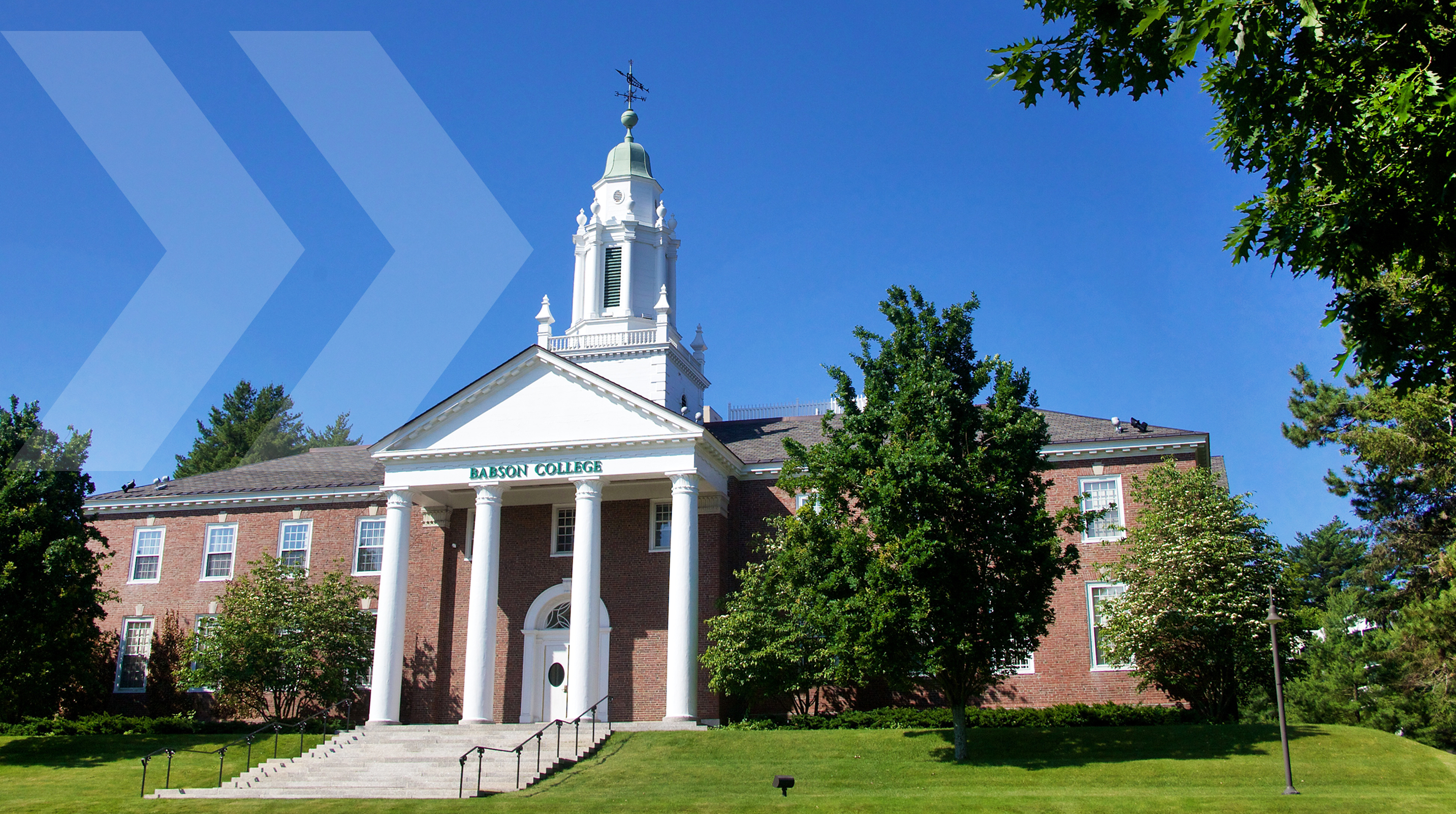After the Storm

When disaster strikes, it devastates.
In 2017, devastation in the U.S. stemmed from three powerful Hurricanes: Harvey, Maria and Irma. Over the course of August and September, these hurricanes struck heavily populated areas, leaving trails of destruction in their wake. Homes obliterated. Power grids destroyed. Cities flooded. Lives lost.
As governments and citizens rallied to help, entrepreneurs put their own unique spins on recovery efforts. From hackathons to shelters to economic stability operations, entrepreneurs around the country assembled to use their connections, their talent, their resources, and their spirits to help.
Entrepreneurs for Houston
Station Houston opened in March 2016 with a vision of transforming the city into a world-leading hub for technology innovation and entrepreneurship. Since launch, it’s served as a point of access to Houston’s tech community, providing a connected, creative work environment for entrepreneurs.
That purpose was amplified when Harvey hit. Station became a hub for entrepreneurs developing short- and long-term solutions to address the city’s myriad of needs.
“The culture at Station Houston is one of helping people,” said Grace Rodriguez, co-founder and Chief Experience Officer. “That lent itself well to us helping those affected by Harvey.”
A Category 4 storm, Hurricane Harvey dumped two feet of rain in its first 24 hours. It made landfall three separate times in six days, leaving one-third of the city underwater and forcing 39,000 people into shelters. As Harvey wreaked havoc on Houston, Rodriguez felt compelled to take action.
“I saw people on Twitter asking, ‘Where do I go? Where are the shelters? Who do I call?’” said Rodriguez. “They weren’t getting accurate and timely information. That’s when I realized I needed to pull all the information together in one location to provide a single place of truth.”
That location: a page on Station Houston’s website dedicated to sharing emergency resources, contact information, and other critical details for those impacted by the storm. While an estimated 9,000 people visited the page, Rodriguez adds: “We weren’t concerned about analytics. We just wanted to help.”
After discovering Station Houston itself was fine—no flooding, no damage, full power and internet service—Rodriguez opened the space to others, offering free co-working in the week following the storm. It became a command center, a space for Houston’s entrepreneurs and tech community to brainstorm solutions for the city. They hosted a hackathon with Sketch City, a non-profit group of technologists and civic hackers, resulting in launching or strengthening resources like the Harvey Needs web resource, Harvey Shelter Map, a Shelter TextBot, and more.
“The entrepreneurial community gets much of its culture from the tech community, adopting lean startup and agile methodologies,” said Rodriguez. “The great thing about having everyone together at Station Houston meant people could build prototypes, iterate, find out what was working, and come together to focus on the solutions that were most effective.”
Virtual volunteers from around the country joined the conversation via Slack, sharing wisdom from their personal experiences with Hurricane Katrina, Superstorm Sandy and other natural disasters. And as Hurricane Irma loomed over Florida, Sketch City and Poetic Systems wrapped many of the newly developed tools into a GitHub package that anyone in the hurricane’s path could use.
“Now we’re working to learn what we can from Harvey to create solutions for long-term recovery and to help us prepare for the next disaster,” said Rodriguez. “In Station’s spirit of entrepreneurship, we’re also working to answer, ‘How can we reward the people who are developing these life-saving tools?’”
To that end, Rodriguez and Station Houston co-founder and CEO John Reale worked with local leaders to develop entrepreneursforhouston.org. “We launched this in response to all the calls and notes from people outside of Houston asking where they can donate,” said Reale in a Forbes story. “We’re working on how Houston’s entrepreneur and tech community can continue to support relief, recovery, and rebuilding efforts to sustain this momentum and participation from the community.”
Shelter in the Florida Keys
Not long after Harvey tore through Texas, Hurricane Irma made landfall in the Florida Keys as a category 4 storm. Though it weakened as it traveled up the state, Irma still blazed a devastating path. It ripped up rooftops and flooded coastal cities while knocking out power for more than 6.8 million people.
Among those without power: the SOS Children’s Village in Coconut Creek, FL. The staff and 70 children weathered the storm in a shelter, but had nowhere to go after losing power in their facility.
That’s where Marc and Jennifer Bell came in. The couple opened their home in Boca Raton, welcoming the children and a dozen or so staff members to stay. Bell, a financier and entrepreneur, said he didn’t hesitate to offer his home. “They needed help, and we could provide help,” he said. “It was the right thing to do.”
Over the course of a few days, the Bells served an estimated 800 meals, celebrated four birthdays, and even had a visit from the tooth fairy. “It was like having 70 new children,” said Marc. “They spent days prior living in a gymnasium with a million other people. And we had the opportunity to provide some great entertainment and fun for them. So why not?”
When the power was restored, the kids returned to the village, but the Bells continued to help. They launched a GoFundMe to raise money for SOS Children’s Village’s repairs, along with food, clothes, and counseling for the kids. They’ve raised nearly $100,000 to date.
“In life there are two kinds of people, those who talk about doing and those who do,” Marc wrote in a Facebook post in September. It’s not about being an entrepreneur, or having wealth, he added—it’s about having the motivation to help. “It’s easy to donate your time if you don’t have money. It’s really about desire.”
Expeditionary Entrepreneurship in Puerto Rico
Come mid-September, Hurricane Maria formed. A category 4 storm with 155 miles per hour winds, Maria became the strongest hurricane to directly hit Puerto Rico in 85 years. And with that strength came destroyed homes and widespread flooding. The entire island was without power. The damage was catastrophic.
The destruction was Jesse Levin’s call to action. As the founder of Tactivate, Levin’s specialty is connecting special operations veterans and entrepreneurs in the startup and disaster response ecosystems. In places like Puerto Rico, his team brings an expeditionary entrepreneurial capability disaster response and recovery operations. A main focus is establishing and supporting economic stability—something the island desperately needed after Maria.
“There’s a common misconception around aid—people want to send stuff, or money,” said Levin. In Puerto Rico, that translated to food and water drops to communities across the island. But on the ground, Levin and the Tactivate team found that many local mom and pop shops had the supplies residents needed. They even had power, thanks to generators. The problem: they were offline. “There was no connectivity, so their point of sales systems didn’t work.”
That’s a tremendous barrier, particularly for the significant percentage of people who rely on social assistance—by way of an EBT card—to make food and water purchases in Puerto Rico. With the banks offline, there was no way to access cash, either.
Having identified the connectivity challenge, Levin and his team took action. They purchased equipment and connected point of sales (POS) systems via satellite. Today, more than $1.3 million dollars in transactions have gone through the system, providing a significant boost to the local economy—residents have regained purchasing power, and shops can stay in business. “We took an entrepreneurial approach to getting something in place quickly, faster than traditional infrastructure may have been able to.”
That’s why Levin believes expeditionary entrepreneurship is critical in recovery. Traditional responses to these disasters focus on security, logistics, health—not restoring regional economic stability. “Entrepreneurs are the greatest assets for that kind of work,” said Levin. “They can identify systemic challenges, work in chaotic environments, bring teams together and rapidly implement and iterate solutions.”
But it’s critical, he said, for entrepreneurs to have a working understanding of and appreciation for those traditional response models. They’re tremendous partners. Tactivate received support they couldn’t otherwise afford—helicopters, satellites—by working with NGOs, FEMA, the DOD and through partnering with the Puerto Rican government, The Foundation for Puerto Rico, and other on-the-ground recovery efforts.
Levin hopes Tactivate’s work in Puerto Rico helps flip the switch on how people perceive businesses role in disaster recovery. “I think people have a negative connotation, think of disaster capitalism or exploitation,” he said. “But local businesses and individuals are the solution for recovery, and strategic resources need to be dedicated to radically amplifying their ability to reignite and scale their capacity. If certain experts or businesses can facilitate that than they should be able to be able to sustain their operations through making a profit.”
Posted in Entrepreneurial Leadership



